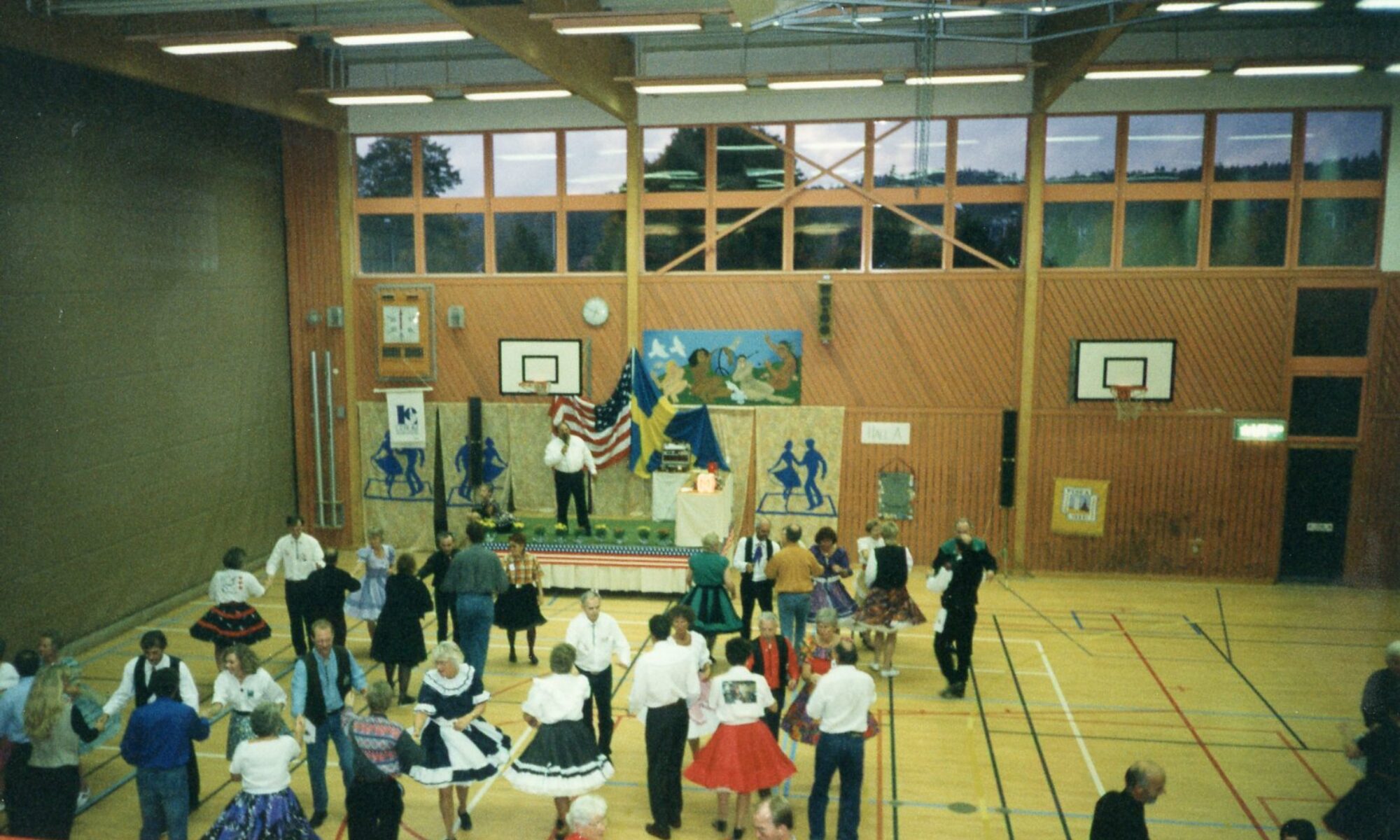W ith Beyoncé’s look in the address associated with the September problem of Vogue, the mag features three areas of the character that is superstar’s specific focus: “Her Life, Her Body, Her history.” The language she shares are deeply individual, and that last component also provides a screen into a complicated and misunderstood dynamic that impacts most of US history. While setting up about her household’s long history of dysfunctional marital relationships, she hints at an antebellum relationship that defies that trend: “I researched my ancestry recently,” she stated, “and discovered that we originate from a servant owner whom fell deeply in love with and hitched a slave.”
She does not elaborate as to how she made the development or what’s understood about those people, but fans will realize that BeyoncГ© Knowles-Carter is an indigenous of Houston whose maternal and forbears that are paternal from Louisiana and Alabama, correspondingly. Her characterization of her history stands apart because those states, like other people over the Southern, had strict legislation and charges against interracial wedding. In reality, through the entire colonial and antebellum eras, interracial wedding will have been the exclusion — even though interracial intercourse had been the guideline.
Inside the context of America’s servant culture, such relations as that described because of the star — together with bigger system of cohabitation and concubinage, or involuntary monogamous intimate relations, by which they existed — have already been the topic of much research by historians. The consensus amongst scholars of American slavery is that sex within the master-slave relationship brings into question issues of power, agency and choice that problematize notions of love and romance even in cases where there appears to be mutual consent after much debate. As Joshua Rothman, in his guide Notorious when you look at the Neighborhood: Intercourse and Families over the colors Line In Virginia, 1787-1861, observed about history’s most well-known such relationship, that between Thomas Jefferson and Sally Hemings, “Whatever reciprocal caring here could have ever been between them, basically their life together would continually be created more about a deal and a wary trust than on relationship.”
Certainly. In a 2013 article within the Journal of African American History entitled “What’s Love surely got to Do With It: Concubinage and Enslaved Women and Girls into the Antebellum Southern,” historian Brenda E. Stevenson highlighted the complexity of interracial liaisons that are sexual American servant culture with respect to permission. Slaveowners propositioned enslaved girls within their teens that are early at that age had been “naïve, vulnerable, and definitely frightened.” Claims of product gain and freedom for the woman that is enslaved her household had been enticements usually utilized to achieve intimate loyalties. As Stevenson observed, “Some concubinage relationships clearly developed overtime and may mimic a wedding in a few significant means such as for instance psychological accessory; economic help; better meals, clothes, and furnishings; and often freedom when it comes to girl and her young ones.”
Annette Gordon-Reed noted in her own guide The Hemingses of Monticello: A united states Family the unusual instance of Mary Hemings, Sally’s sister that is oldest, who Jefferson leased to neighborhood businessman Thomas Bell. Maybe perhaps maybe Not even after Mary started doing work for Bell, the 2 create a relationship that is sexual which lead to two young ones. Jefferson later on, at her demand, sold Mary in addition to young ones to Bell, though her four teenagers stayed the house of Jefferson. She took Bell’s last title and stayed with him until their death in 1800. “Bell and Hemings, whom adopted the name that is last of master/lover,” Gordon-Reed penned, “lived as couple for the others of Bell’s life.”
More often than not, nonetheless, girls had been forced into concubinage, perhaps maybe not wedding.
Get our History Newsletter. Place today’s news in context to discover shows through the archives.
Many thanks!
That more story that is common told by the historian Tiya Miles in her own guide The Ties that Bind: the tale of the Afro-Cherokee Family in Slavery and Freedom. Shoe Boots had been a Cherokee warrior that has hitched, based on Cherokee customized, a new female that is white had been captured during an Indian raid in Kentucky in 1792. Also during this time period Shoe Boots bought a new enslaved woman called Doll in sc; she had been placed directly under the direction of their white spouse being a domestic servant. Whenever their wife and kids abandoned him after a family that is arranged to Kentucky in 1804, Shoe Boots took 16-year-old Doll as his concubine. In a page he dictated towards the Cherokee Council 2 decades later on, Shoe Boots described exactly just what happened as “I debased myself and took certainly one of my black colored ladies” in reaction to being upset at losing his white spouse. One could just imagine the years of physical and trauma that is psychological endured to console her master’s grief.
And, while much attention has dedicated to intimate relations between slaveowners and enslaved women, enslaved males may be coerced or sexually exploited.
Inside her 1861 autobiography Incidents within the Life of a Slave Girl, Harriet Jacobs told the chilling story of a slave that is male Luke who had been held chained at their bedridden master’s bedside to make certain that he will be constantly open to have a tendency to their real requirements, including intimate favors. In veiled language in order not to ever offend the sensibilities of 19th-century courteous culture, Jacobs stated  that many times Luke had been just permitted to wear a top so which he could possibly be effortlessly flogged if he committed an infraction such as for instance resisting their master’s intimate improvements. Plus in a 2011 Journal regarding the History of sex article, the scholar Thomas Foster contended that enslaved black colored guys frequently had been intimately exploited by both white guys and white females, which “took many different types, including outright real penetrative assault, forced reproduction, intimate coercion and manipulation, and psychic abuse.” In a single example given by Foster, a person called Lewis Bourne filed for divorce proceedings in 1824 because of their wife’s longtime intimate liaison and proceeded search for a male servant known as Edmond from their community. Foster contended that such activities “could allow white females to enact radical dreams of domination over white men” while in the exact same time subjecting the black colored enslaved male to her control.
that many times Luke had been just permitted to wear a top so which he could possibly be effortlessly flogged if he committed an infraction such as for instance resisting their master’s intimate improvements. Plus in a 2011 Journal regarding the History of sex article, the scholar Thomas Foster contended that enslaved black colored guys frequently had been intimately exploited by both white guys and white females, which “took many different types, including outright real penetrative assault, forced reproduction, intimate coercion and manipulation, and psychic abuse.” In a single example given by Foster, a person called Lewis Bourne filed for divorce proceedings in 1824 because of their wife’s longtime intimate liaison and proceeded search for a male servant known as Edmond from their community. Foster contended that such activities “could allow white females to enact radical dreams of domination over white men” while in the exact same time subjecting the black colored enslaved male to her control.
Foster additionally contended that such activities are not unusual, as demonstrated by testimonies through the United states Freedmen’s Inquiry Commission established by the secretary of war in 1863, which took depositions from abolitionists and slaves concerning the realities of servant life. Such depositions included tales of intimate liaisons between enslaved guys and their mistresses. Abolitionist Robert Hinton reported, with them.“ I’ve never discovered yet a bright searching colored guy who’s got not explained of circumstances where he has been compelled, either by their mistress, or by white ladies of the identical course, to own connection” Foster further concurs with scholars whom argue that rape can act as a metaphor both for enslaved people since, “The vulnerability of all of the enslaved black colored people to almost every conceivable breach produced a collective вЂrape’ subjectivity.”
